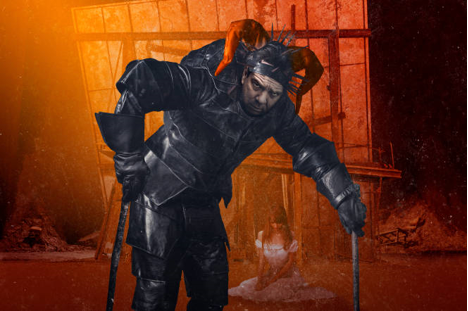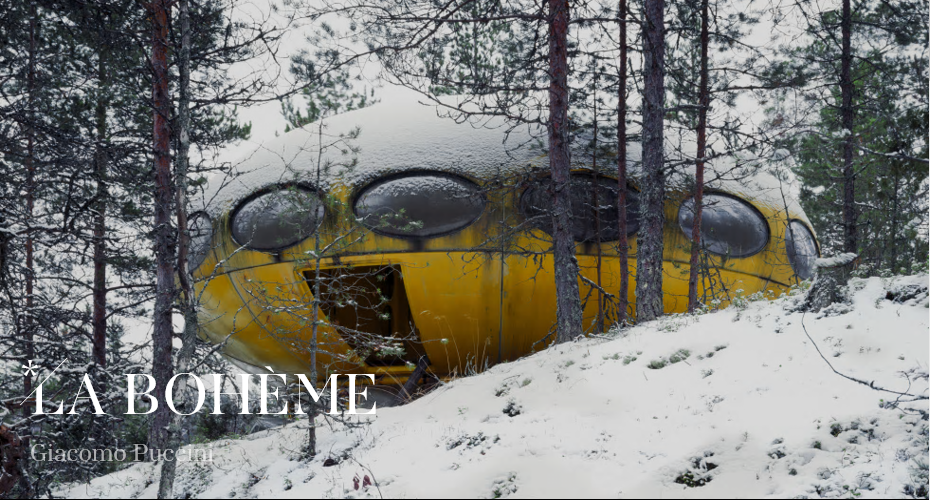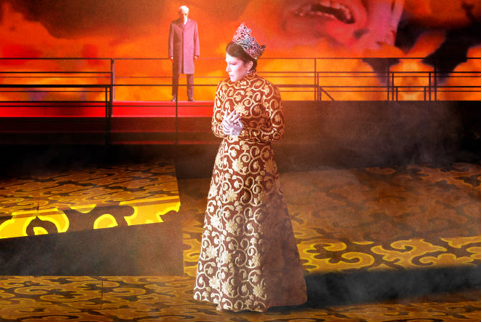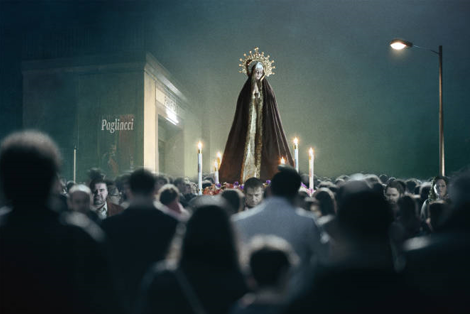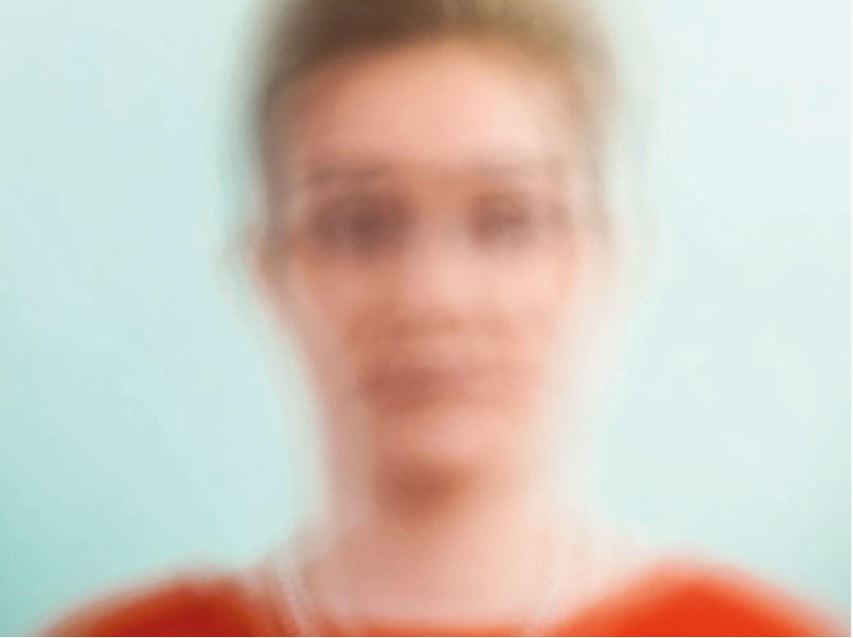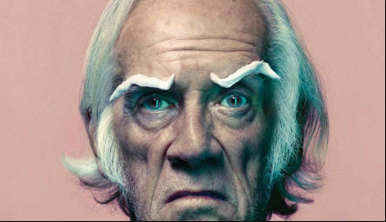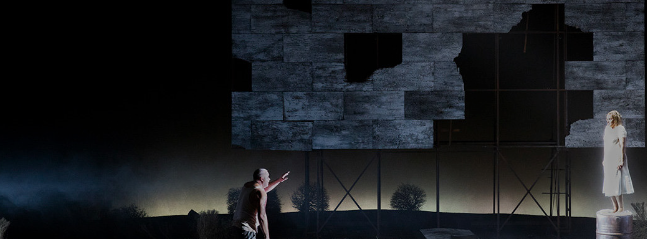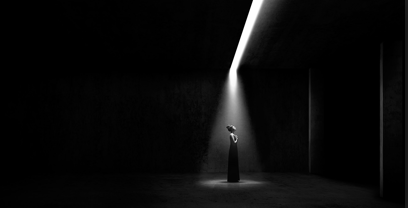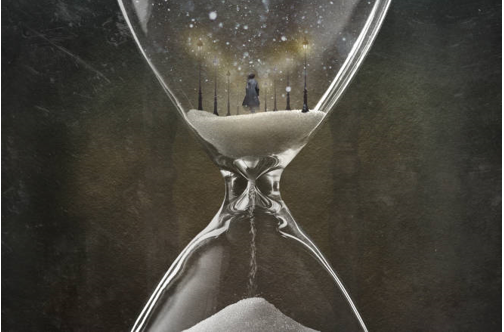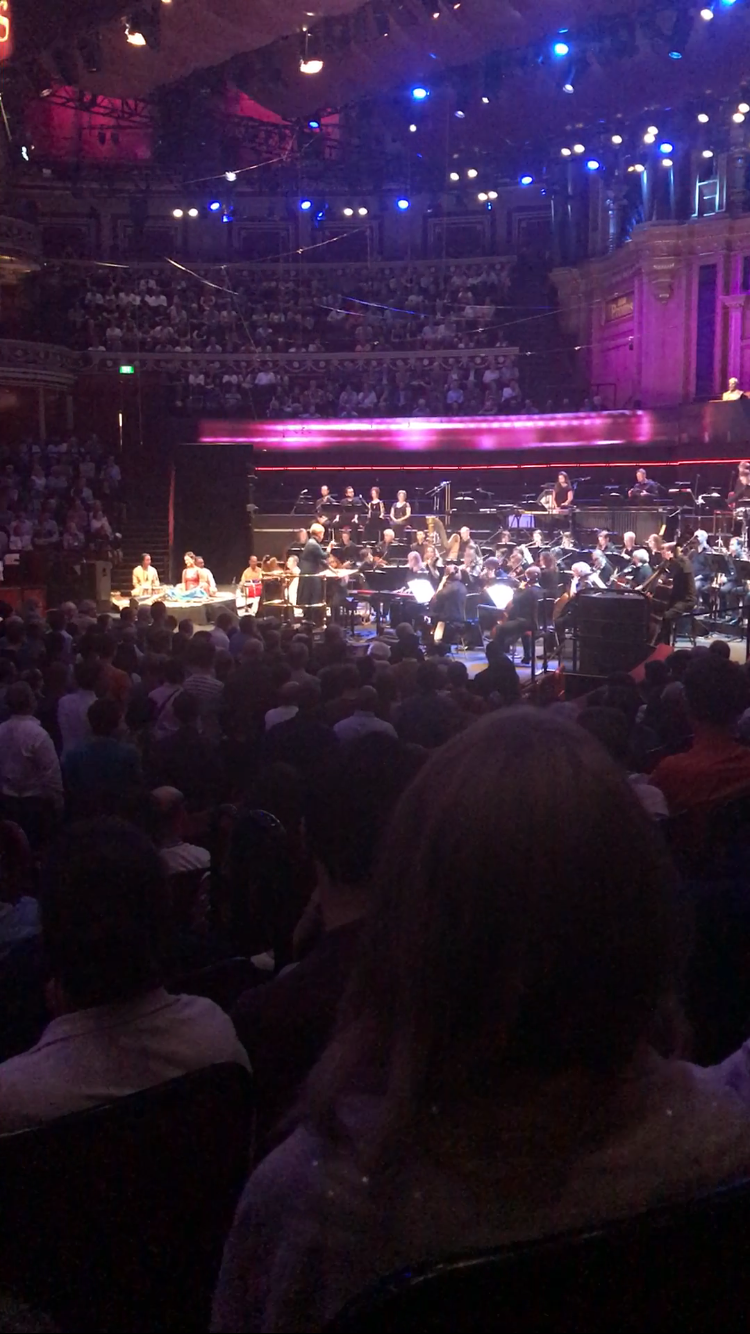If the French had anything to do with it, Rigoletto would never have been performed. Based on Victor Hugo’s play ‘Le roi s’amuse’, where Verdi described the subject matter of the play as ‘immense’, it was highly controversial as it depicted the King of France as an immoral and cynical womaniser. As a result, the opera had to undergo many changes before the censors allowed it to be performed, opening at La Fenice in Venice in 1851. Even though the King of France was deleted from the opera – he was converted to the Duke of Mantua – the opera was banned in France and not performed there until 1882.
Welcome to Opera Spy
Here, I post my reviews and document my love of opera. I hope you enjoy it. Please feel free to comment on any of my posts or contact me if you wish to.
Have a nice stay!
David Buchler

